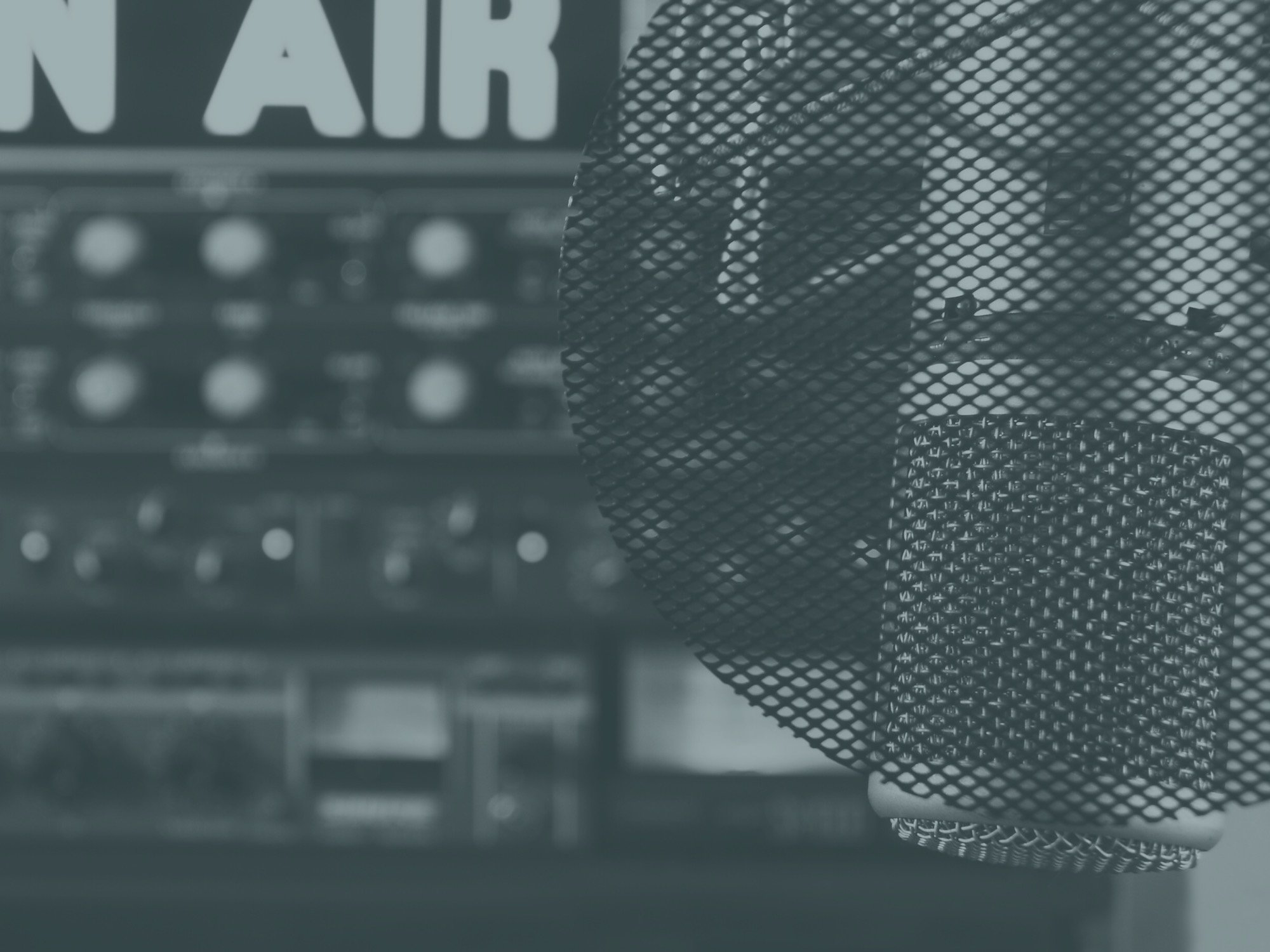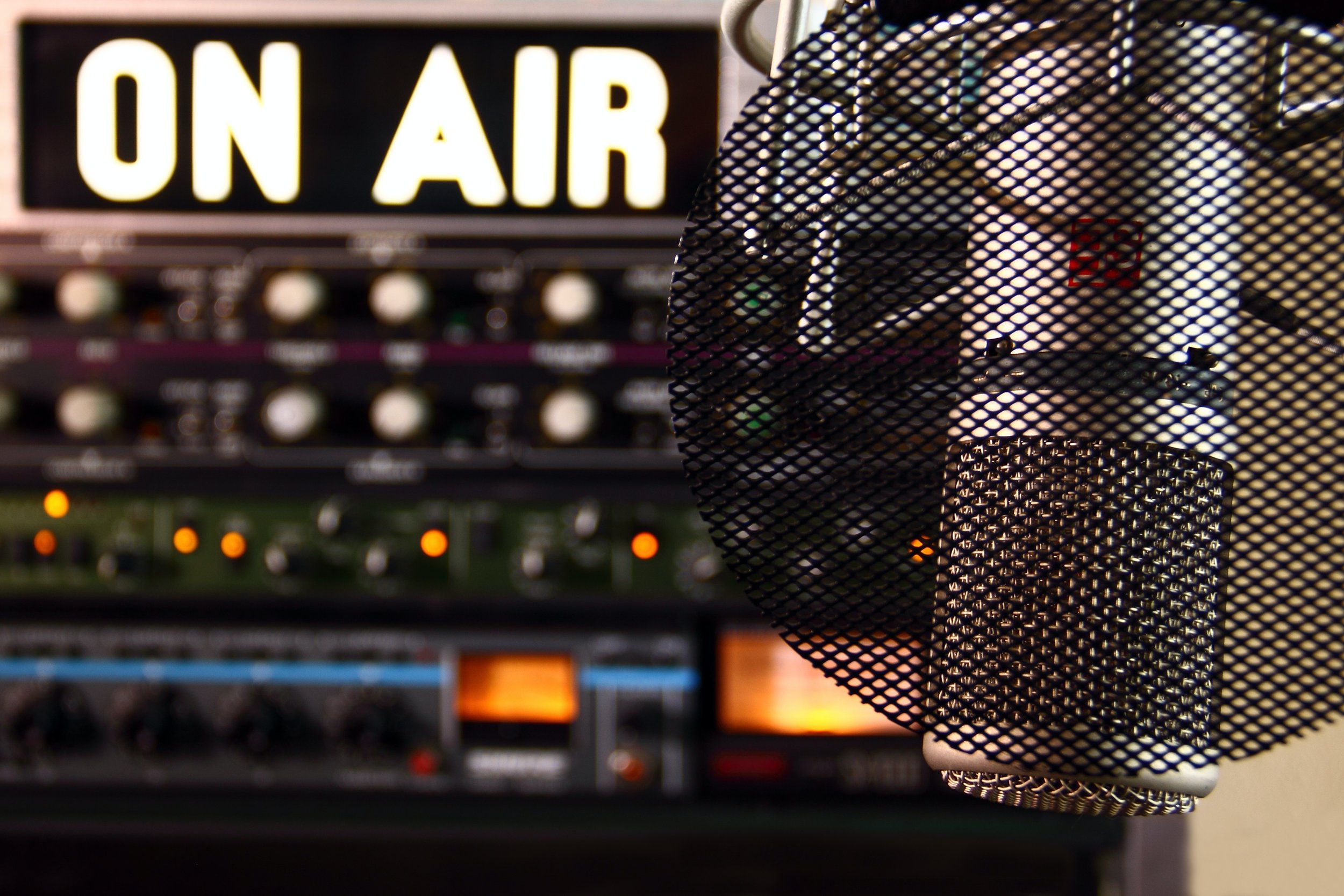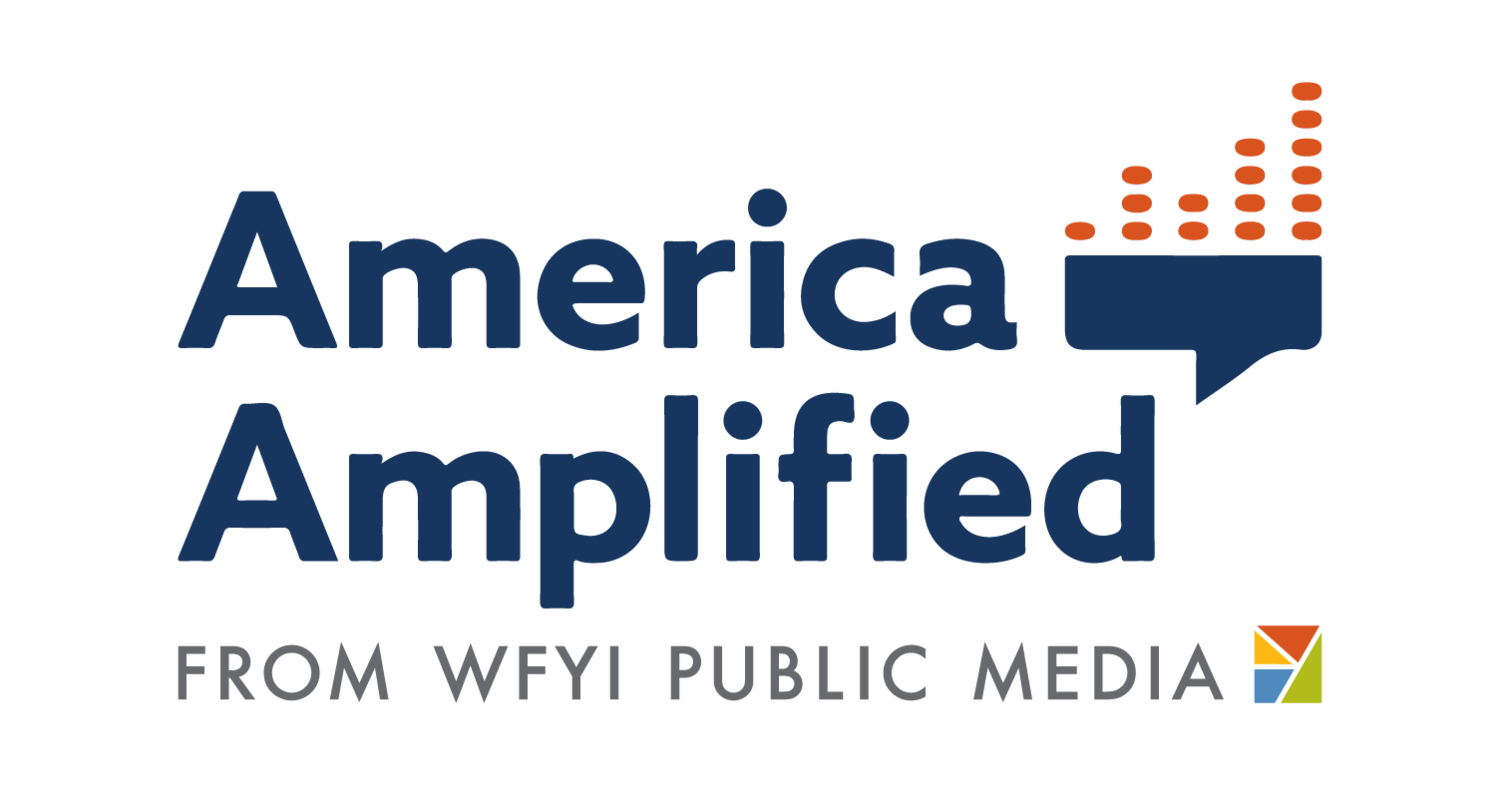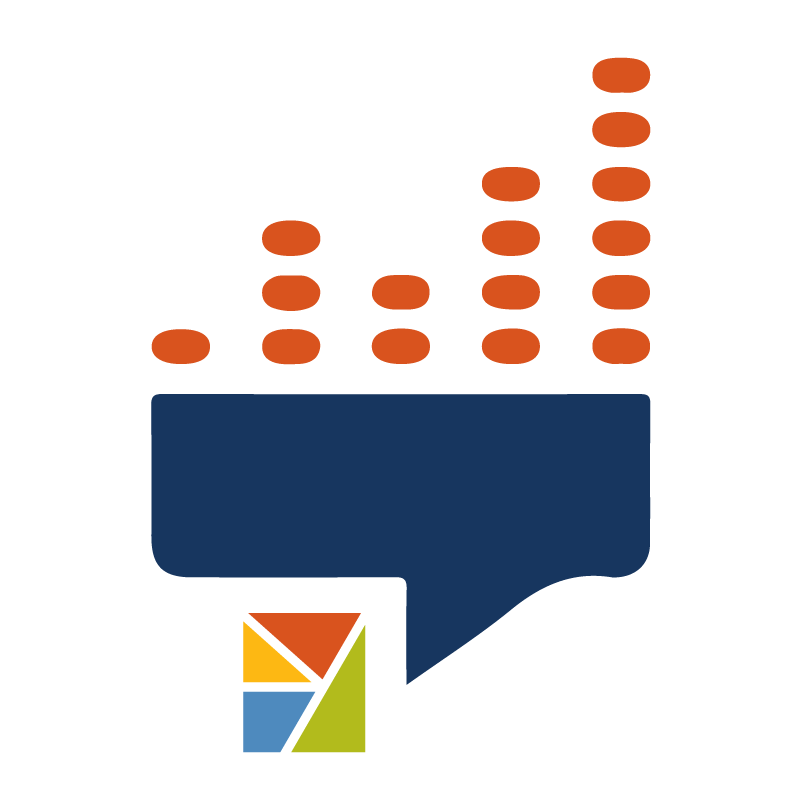
Tools for Engagement
Read our suggestions for social media, including Facebook, Twitter, Instagram, and TikTok.
Learn more about sourcing story ideas from the public through convenings.
Our other outreach tools include newsletters, surveys, texting, and more.
Social media is mostly free, so take advantage of those platforms as much as you can. Basic tips include:
Every reporter should share their own stories on personal and professional social media accounts.
Relevant accounts should be tagged to increase visibility and reach.
Finally, remember your social audience may not overlap much from your listening audience. Share your stories in ways that are most effective on the respective platforms (for example, tapping into emotion on Facebook and Instagram or using a thread on Twitter).
Here are platform-specific ideas for engaging via social:
Social Media
Think about using this tool if you’re trying to reach:
- People in rural areas.
- Older demographics (ages 40+).
- Other organizations or community groups.
Ways to engage:
Posting to local Facebook groups:
Facebook groups can be an excellent place to get the pulse of a community, especially when they are spread out geographically, like rural communities.
How to participate:
Remember, you may not be permitted to join a Group. That’s ok! It’s up to the admins of that Group to decide who joins and how they want people to participate. Adding a message explaining who you are and why you want to join when you request to join a private group can help.
If you’ve been allowed to join a Group, introduce yourself and explain why you are there: “I’m a reporter from the local public media station in XXX and I’m here just to learn about what topics are most important to your community.”
Think of yourself as an observer, and make sure you are contributing to the conversation rather than just extracting information or dumping links to your stories and leaving.
Listen and learn about what topics are important to Group members.
Solicit feedback on your stories – Groups are a great way to bring your reporting back to the community.
Example: Seth Bodine at KOSU joined local FB Groups in rural Oklahoma to learn more about those communities. He was transparent about why he was
Facebook Live
You can host a Facebook Live series on a high-interest topic. Side Effects Public Media and Indiana Public Broadcasting held a series of live streams to answer questions they received about COVID-19. To learn more, see the Facebook Live workflow template from Side Effects Public Media here.
Live stream your talk show on Facebook Live — Set up a camera in the studio and stream your show while it’s airing to make it available to more people. You can also gather live comments this way. After the show is over, download it and post it to your YouTube site — a recent Verge story found more people listening to podcasts on YouTube than on Apple podcasts or Spotify.
Use the Facebook Live for Talk Shows guide to help you plan.
Paying for post boosts/ads
Putting some money behind boosting your posts can help with growing your social audience and with reach, especially if you’re soliciting comments or promoting an event. You can geo-target Facebook ads to try to reach specific communities. You can also target certain demographics, including age and political beliefs. Because Facebook owns Instagram, your paid boosts may show up on both platforms.
Be aware that as a news organization, Meta (Facebook’s parent company) has strict and ever-changing rules about what you can or can’t boost based on its algorithm’s definition of what is “political.” If your ad is rejected, this may be why.
Think about using this tool if you’re trying to reach:
- Younger audiences.
- Other community organizations or groups.
- Individuals who hold influence in a given community (not JUST influencers).
Ways to engage:
Host an Instagram Q&A — Have a reporter or editor host an Instagram Q&A on your station’s account. It’s a great way to engage on a platform where 56% of users are younger than 35.
Social Media Examiner has a step-by-step on how to do this, which starts with posting a story using the Question function. Think of a high-interest topic in your community — like the COVID vaccine — or share a special project you recently published.
You can also feature a reporter with an “Ask Me Anything” prompt. The key is to post the question with a photo of the person who will answer the questions.
Give it a few days for questions to come in and then schedule an Instagram Live to answer the questions (the app will automatically show you the questions sent in). After it’s over, you can save the Live video and share it as an Instagram post, too.
Collaborate with other organizations or individuals with influence
Set up a partnership to share content with another account that reaches the demographics or community you’re hoping to connect with. Sharing relevant posts on your feed and vice versa can be mutually beneficial! Instagram’s collaboration feature makes this particularly easy.
Tag partner organizations in your Instagram Stories so they can automatically share the content on their own stories.
Use Instagram Reels to get more impressions
Reels accounted for 20% of Instagram users’ time in the app in 2022 according to Business Insider, and the platform’s algorithm appears to prioritize Reels over posts according to Social Media Today. Long story short, if you want new users to find your account, post Reels.
Reels also offer more opportunities to interact with your content than image posts through features like “Remix”, which allows a user to film a reaction side-by-side with your video, or mix their own video after a clip from your video.
Using trending sounds will put your Reel into a feed with others that used that sound, similar to a hashtag feed. Same for trending effects or filters!
Think about using this tool if you’re trying to reach:
- Your loyal audience
- Other media professionals
- Community organizations and leaders
- Niche subcultures
Ways to engage:
Use Twitter threads — By highlighting different parts of your story with a Twitter thread, you give readers another way to access and share your story. This is especially useful when you want to highlight infographics, different impactful quotes, and different angles.
Example: Reporter Nate Hegyi used a thread to share all that was covered in the “Elevated Risk” series about police violence in the Mountain West.
Callouts — Twitter is one of the original platforms for digital callouts to collect audiences’ stories, and it’s still useful in this way. Looking for people who were at a specific event or have a shared experience, simply ask them to reply via a tweet or direct message! You’ll get more responses if you encourage people to retweet the request as well.
Native polls — Twitter has an easy “poll” function built into the platform. Use it to take unscientific polls about anything and everything. They even have a helpful guide to show you how to do it.
TikTok
Think about using this tool if you’re trying to reach:
- Just about anyone!* There are over 113 million users in the US as of January 2023.
- Young people.
- Niche subcultures.
*Bear in mind that some states and some employers are banning the use of TikTok because of concerns about data sharing with a Chinese company
Ways to engage:
Tie into trends that are already popular
Have personality and have fun
Create videos that let your audience understand who the journalists are, and how we work
Start with a simple question like, “What can the mayor actually do?” and have fun answering it
A huge part of community engagement is bringing people together to share ideas, stories and experiences. These convenings ideally take the form of a town hall or forum or a listening session where you, as the journalist and host, are there to learn about a given community. While in-person convenings are most personal, there are advantages to virtual convenings, including being more accessible to people who live far away.
Bear in mind that traditional town halls and forums – in many cases – aren’t the best forms of community engagement. They reinforce typical power structures with journalists, experts and elected officials disseminating information, insights and advice. Often true dialogue is missing and Q&As can be counterproductive.
In a community-engaged convening, we recommend flipping the script: Put reporters and/or producers as “guests” of the forum and make the community members the hosts. Ask community members to share their curiosities, concerns and wisdoms. Ask them to interview the journalists. Ask them to pitch ideas to the reporters.
If you must host a traditional forum with experts, include at least one panelist who is a community member and not a typical leader; someone with lived experience of the issue you’re gathering around. Remember, lived experience is expertise.
Feedback
A town hall/forum, virtual or in real life, can also be a good follow-up to other engagement strategies. For instance, if you learn through a previous listening session that there are concerns about air quality in a neighborhood and then you do reporting on it, consider hosting a town hall/forum to listen to the story and discuss what you learned. The forum becomes a catalyst to establish next steps for the community.
Bring in support
In all cases, the event will be most productive if a wide variety of people from your newsroom
participate — prioritizing diversity of gender, age, race and background. Additionally, collaboration from across departments with news, talk shows, membership and development teams will build buy-in for the initiative and create a foundation for expanding your station’s reach.
The following are some resources to help you plan:
Local Voices Network (now know as Fora): Fora offers a seamless experience for hosting and recording a virtual community conversation. On the front end, Fora can help with scripting a conversation and setting up a call. On the back end, Fora’s program transcribes the conversation that makes searching, filtering and sharing an easy process — a huge benefit for audio journalists.
Convenings
From digital tools to snail mail, there’s seemingly no end to the options engagement journalists have for reaching audiences new and old.
Texting
Texting is a great way to engage people on a device they’re used to using: their phones. A 2020 Simple Texting survey shows that a majority of consumers either prefer mobile messaging or consider it their second choice for communications compared to phone and email. Also: Click-through rates for text marketing are higher than any other messaging channel. This is fertile ground for media companies who have stories to share.
Other Outreach Tools
Think about using this tool if you’re trying to reach people who:
- Don’t have access to reliable broadband internet.
- Want a more direct, intimate-feeling relationship with the station.
- Aren’t likely to learn a new platform in order to engage with you.
- May not have smartphones.
Platforms like Groundsource and Subtext allow users to send an SMS text — just like the ones you use to send your friends cat pictures — to people who’ve signed up for your list. Most of these tools have a dashboard where you can manage your contacts, send messages to your list and/or reply to individual message threads. From there, you can connect with people by asking them to share their experiences with a specific topic, story ideas, favorite ice cream shop or to share back reporting.
Partner stations have used texting in different ways, from connecting with specific communities to outreach for a daily talk show to creating beat-specific text groups
Texting tool workflow: How do you start a texting campaign and how do you keep it going?
Example: WITF in Harrisburg, PA, set up texting clubs for each of their beat reporters. After about a year of promotion, the station had over 400 texting club members on 8 beats.
Digital Callouts and Hearken
Ever wanted to collect real stories from your audience or community about a specific event, place or experience? Or find out what they’re curious about? Posting a prompt on your website with a form to collect written submissions is a great, non-traditional way to hear directly from real people. We call those prompts “digital callouts.”
Remember, posting the callout on your website is the easy part — directing people to the prompt from other platforms like social media or a community partner’s newsletter is where you’ll need to focus your efforts.
Most importantly, you need to DO something with your submissions! Reach out to folks who submitted questions or shared their stories for a conversation, or stitch audio submissions together for a short feature.
Think about using this tool if you’re trying to reach people who:
- Are already in your listening/viewing or digital audiences.
- Are not your current audience (this requires more creative and concerted efforts to get the prompts out).
Ways to make callouts:
Hearken:
Hearken provides a feedback form that can be embedded onto your site to collect questions and information from your audience. Hearken’s “Engagement Management System,” which allows you to keep track of questions, can be integrated through Slack so anyone on your team can see the incoming questions.
America Amplified supplied a Hearken embed to 30 stations in 25 states for our 2022 Midterm election project. Here’s what worked and why.
Google Forms:
If your station doesn’t have Hearken, you can still collect questions and information from your audience with digital callouts using a Google form. WUSF used a Google Form callout at the end of its environmental reporter’s stories to get more diversity in their reporting. The form helped lead to lots of new sources, specifically around environmental justice and injustice.
Digital voice mailbox:
Google Voice allows you to create a free, dedicated phone line (in your area code!) where people can call and leave audio voicemails that you can download. Use these audio submissions to create a pinwheel/voxpop style story about a specific experience or event.
Reaching beyond your core audience:
If you want to get these prompts out to the wider community, consider these ideas:
Make a QR code that links to the callout/prompt; print up postcards and flyers with that QR code and bring them to live events, distribute them at gathering places like coffee shops or libraries or post flyers at local grocery stores.
Put the question prompt/call-out on a laptop or iPad and bring it to a live event for people to put in their questions on the spot.
Print up postcards with the QR code and mail them to a targeted community’s zipcode (see below for direct mail tips).
Surveys
Sometimes the best way to find out what your community and audience wants from their local news is to ask them in a survey. A well designed and strategically distributed survey is a powerful engagement tool. Newsrooms can use survey responses to make sure they’re adequately covering topics that are most important to their community as well as sharing those stories on the platforms audiences use to find their news. They can even lead to news tips and potential sources.
Ways to Engage
Online survey
Think about using this tool if you’re trying to reach people who:
- Are in your current audience but you want to learn more about them.
- Are not in your current audience and you want to learn more about them.
- Have reliable internet access.
- Are digital natives.
Create an online using a tool like Google Forms or SurveyMonkey.
Tip: and ask your digital team if they can make a station URL redirect to the survey (i.e. www.kcur.org/covidsurvey). If that’s not an option, make a custom bit.ly link. Include the survey link in the station’s direct mail/flyers, on-air promos, social media posts, etc.
Printed surveys
Think about using this tool if you’re trying to reach people who:
- Are in your current audience but you want to learn more about them.
- Are not in your current audience and you want to learn more about them.
- Do not have reliable internet access.
- Are weary of sharing their information online.
Short printed surveys can do the same things as a digital survey but have the power to reach non-digital audiences.
Print them on a postcard and bring a stack with you to live events.
Partner with a librarian who can tell patrons about the survey at check-out and keep the responses for you to pick up.
Mail postage-paid surveys to a community you want to learn more from.
Find our survey templates.
Direct Mail and Flyers
With all the technology available, why snail mail? Because some communities aren’t wired. Because it’s a personal touch. Because it’s another way to connect. There are two ways to engage a segmented demographic within a given geography: A) Buy a list from a data merchant or B) Partner with an organization willing to allow use of its mailing list.
Hanging posters and flyers in strategic locations can boost your visibility in a community where you’re working on building trust or growing an audience. This option has the bonus of being more affordable.
Think about using this tool if you’re trying to reach:
- People who do not have access to a computer or are not on-line.
- Rural audiences in places with poor broadband access.
- Underserved communities who are not aware of public media.
Ways to Engage:
Postcards:
Send postcards with information about your station like where to tune in, your website, and where to find you on social media.
Briefly inform a community about the coverage you’re doing in their area or an upcoming event.
Flyers/posters:
This is another old-school method of getting the word out about an event or to join a group, like a texting exchange, or to contact a reporter. The response rate may not be high, but it is another way of sharing information and building name recognition through visibility.
Be strategic about where you post these! For example, if trying to reach a Spanish-speaking community, hang posters at the Hispanic market and Spanish-language churches.
Have a community group you’re partnering with share the flyers.
Tip: Trusting News has some great examples and tips for snail mail engagement.
Example: KOSU sent postcards to 4 communities in 2020: KOSU in Oklahoma wanted to reach rural communities, so it sent out more than 27,000 postcards designed with questions personal to each of the four communities. The response they received surprised them, because it came through unexpected channels.
Newsletters
Billions of emails are sent every day, and it is still one of the most effective and powerful forms of marketing. For newsrooms, this means you should promote a newsletter as a useful curation tool for readers: You’re helping them sort through what’s important.
Don’t know where to start or what to add? Here’s some tips:
Breaking news/headlines of the day: Highlight your five to seven main headlines of the morning.
High-interest topic: If there’s a high-interest topic in your community that you’re devoting resources to, consider adding a topic-specific newsletter.
High-profile show or personality: Starting with a popular show or personality already guarantees you’ll have readers. The newsletter could share links to the show, give behind-the-scenes stories, personal messages and preview what’s ahead.
Check out this webinar: Newsletter Strategy for Public Media.






